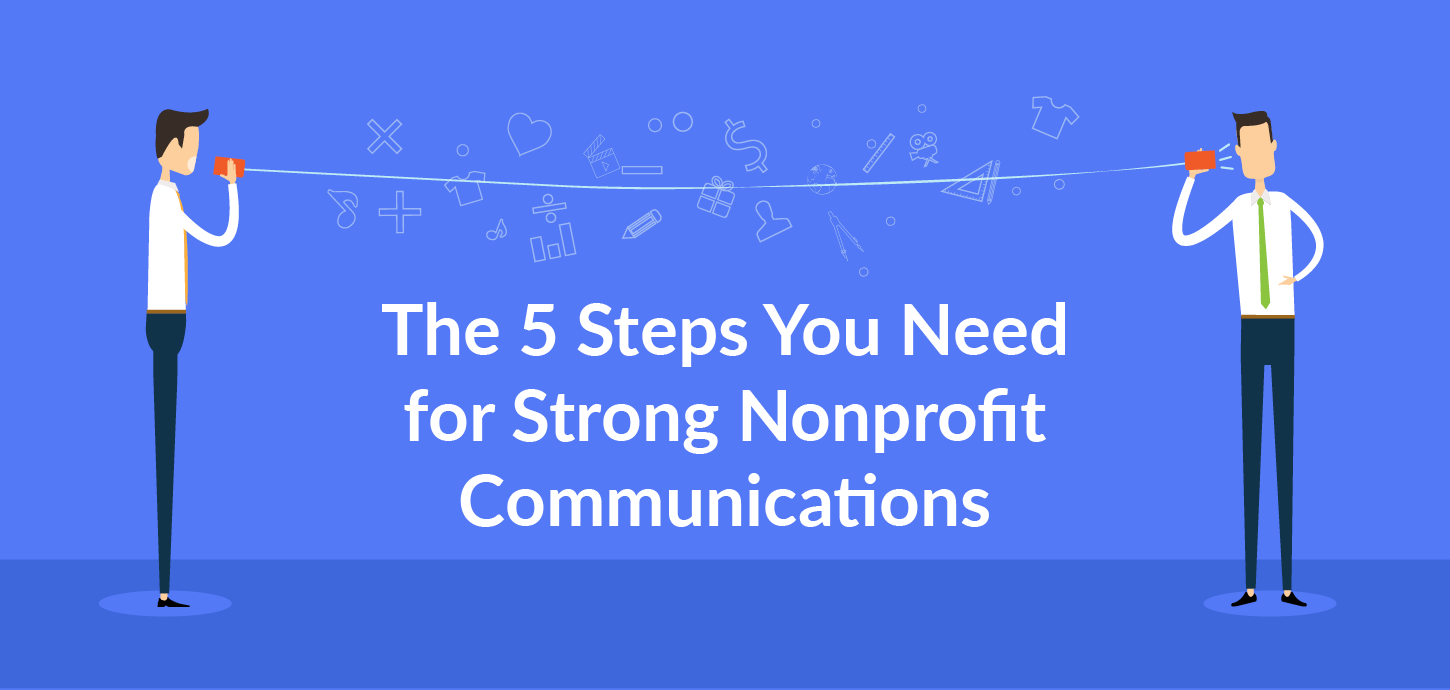Nonprofit Company: Specialist Support for Your Mission and Community Effect
Assessing the Challenges and Opportunities Faced by a Nonprofit Company in Achieving Its Objective and Purposes in Today's Society
In the present landscape, nonprofit agencies are browsing an intricate selection of difficulties, such as rising and fall financing resources and raised competitors for contributor interaction. These problems, while daunting, can likewise unlock methods for technology and cooperation that might enhance their capacity to satisfy goals. By checking out exactly how nonprofits can tactically adjust to these characteristics, we can uncover not just the approaches they employ to get rid of obstacles but also the untapped possibility that lies within their functional structures. What continues to be to be seen is how these companies will certainly harness these opportunities to redefine their influence in society.
Existing Landscape for Nonprofits
The present landscape for nonprofits is characterized by a complicated interplay of evolving funding versions, increased competitors for contributor focus, and enhancing demands for accountability and openness. Nonprofit companies are significantly expanding their profits streams to include gives, private donations, corporate sponsorships, and social enterprise campaigns. This shift mirrors a tactical feedback to standard funding resources becoming much more uncertain and competitive.
Furthermore, the surge of data systems has actually transformed exactly how nonprofits involve with prospective benefactors. Social media, crowdfunding, and on the internet projects are currently important devices for getting to broader audiences, yet they additionally increase competitors amongst companies trying restricted resources. In this environment, nonprofits should fine-tune their messaging to properly catch the interest and dedication of advocates.
Additionally, stakeholders are demanding better transparency relating to how funds are alloted and the measurable impact of not-for-profit activities. This trend necessitates that organizations adopt durable liability procedures, consisting of detailed reporting and evaluation frameworks, to demonstrate their effectiveness. As a result, the not-for-profit market is browsing a landscape that calls for ingenious reasoning, strategic adaptability, and a commitment to moral methods in order to thrive in the middle of these vibrant obstacles and opportunities.
Secret Challenges Experienced
Browsing the not-for-profit industry presents a myriad of challenges that can impede organizational performance and sustainability. Among the most pressing issues is the dependence on inconsistent financing resources. Nonprofits usually depend on grants, donations, and federal government assistance, which can vary significantly, leading to monetary instability and problems in long-term planning.

Personnel retention and volunteer engagement position further challenges, as several nonprofits battle to supply affordable wages and advantages. The high turn over prices can interrupt organizational continuity and affect solution shipment.
Furthermore, adapting to technical developments and digital change remains a difficulty for many nonprofits. A lack of resources and know-how can stop organizations from leveraging modern technology successfully, thereby restricting their outreach and performance.
Inevitably, these difficulties need nonprofits to employ strategic preparation and innovative methods to maintain their mission and guarantee sustainability in a complex landscape. nonprofit agency.
Arising Opportunities
How can nonprofits harness arising opportunities to enhance their impact? In today's quickly developing landscape, nonprofits have the possibility to take advantage of technological advancements, shifting social dynamics, and enhanced public recognition to enhance their missions. The increase of digital platforms permits companies to broaden their reach, engaging with diverse target markets and promoting neighborhood connections. By using social media sites and on the internet fundraising tools, nonprofits can increase exposure and draw in more youthful contributors who are extra likely to support reasons they reverberate with.
Additionally, cooperation with companies and various other markets is ending up being more prevalent, presenting nonprofits with accessibility to sources, knowledge, and cutting-edge options. Partnerships can enhance initiatives, drive area engagement, and develop lasting impacts. In addition, the expanding emphasis advice on company social duty offers nonprofits chances to align with organizations that focus on social influence, obtaining economic support and shared objectives.
The enhancing emphasis on data-driven decision-making allows nonprofits to much better examine their results and programs, boosting accountability and performance. By accepting these arising opportunities, nonprofits can not only strengthen their operational capacities however likewise broaden their impact in resolving pushing societal problems, ultimately driving significant change in their neighborhoods.
Approaches for Adjustment
Adapting to a regularly altering setting is crucial for nonprofits intending to maintain their effect and effectiveness. To navigate the complexities of contemporary society, nonprofits need to implement calculated methods that improve their resilience and responsiveness.
One key approach involves leveraging innovation to improve procedures and expand outreach. By utilizing electronic platforms, nonprofits can enhance interaction with stakeholders, improve fundraising initiatives, and boost awareness of their objective. Additionally, embracing data-driven decision-making methods allows companies to assess their programs' efficiency and readjust techniques based upon empirical proof.
Partnership with other companies-- both for-profit and not-for-profit-- can cultivate source sharing and innovation. nonprofit agency. Partnerships can result in common experience, funding chances, and increased networks, eventually amplifying the collective effect
In addition, growing a culture of flexibility within the organization is vital. Educating personnel to welcome adjustment and urging innovative problem-solving can encourage groups to respond properly to arising challenges.
Study and Success Stories
Effective adaptation approaches in the nonprofit sector can commonly be illustrated via compelling situation researches and success stories. One remarkable example is the "Feeding America" network, which changed its operations during the COVID-19 pandemic. By leveraging innovation and neighborhood collaborations, the company scaled its food distribution initiatives to meet the extraordinary demand, serving millions of households that faced food insecurity.
Another impactful instance is the "Boys & Girls Clubs of America," which adjusted its programs to a digital format during lockdowns. By presenting online mentorship and appealing tasks, they maintained connections with young people throughout the nation, making sure ongoing support and growth despite the difficulties presented by social distancing.
In a similar way, the "Globe Wildlife Fund" has effectively incorporated community-based preservation approaches, empowering local populations to join wild animals defense initiatives. This approach not only cultivates area possession but also enhances ecological sustainability.
These situation researches highlight exactly how nonprofits are not only resolving prompt obstacles yet are also creating long-term options that line up with their objectives. By sharing such success tales, organizations can inspire others to introduce and adapt, eventually driving positive modification within their neighborhoods.

Final Thought
In verdict, nonprofit firms today browse a complicated landscape identified by economic instability, competitors, and labor force challenges. Eventually, addressing both opportunities and obstacles will be critical for nonprofits to satisfy their goals and accomplish long lasting influence in culture.
In the present landscape, not-for-profit agencies are navigating an intricate array of difficulties, such as varying funding resources and increased competition for benefactor involvement. The nonprofit field is browsing a landscape that requires cutting-edge thinking, tactical Read Full Report versatility, and a dedication to moral techniques in order to prosper in the middle of these vibrant obstacles and opportunities.
Navigating the nonprofit field provides a myriad of obstacles that can prevent business performance and sustainability.In conclusion, nonprofit companies today navigate a check these guys out complicated landscape defined by financial instability, competition, and workforce challenges. Ultimately, addressing both opportunities and difficulties will certainly be critical for nonprofits to accomplish their goals and achieve long-term impact in society.